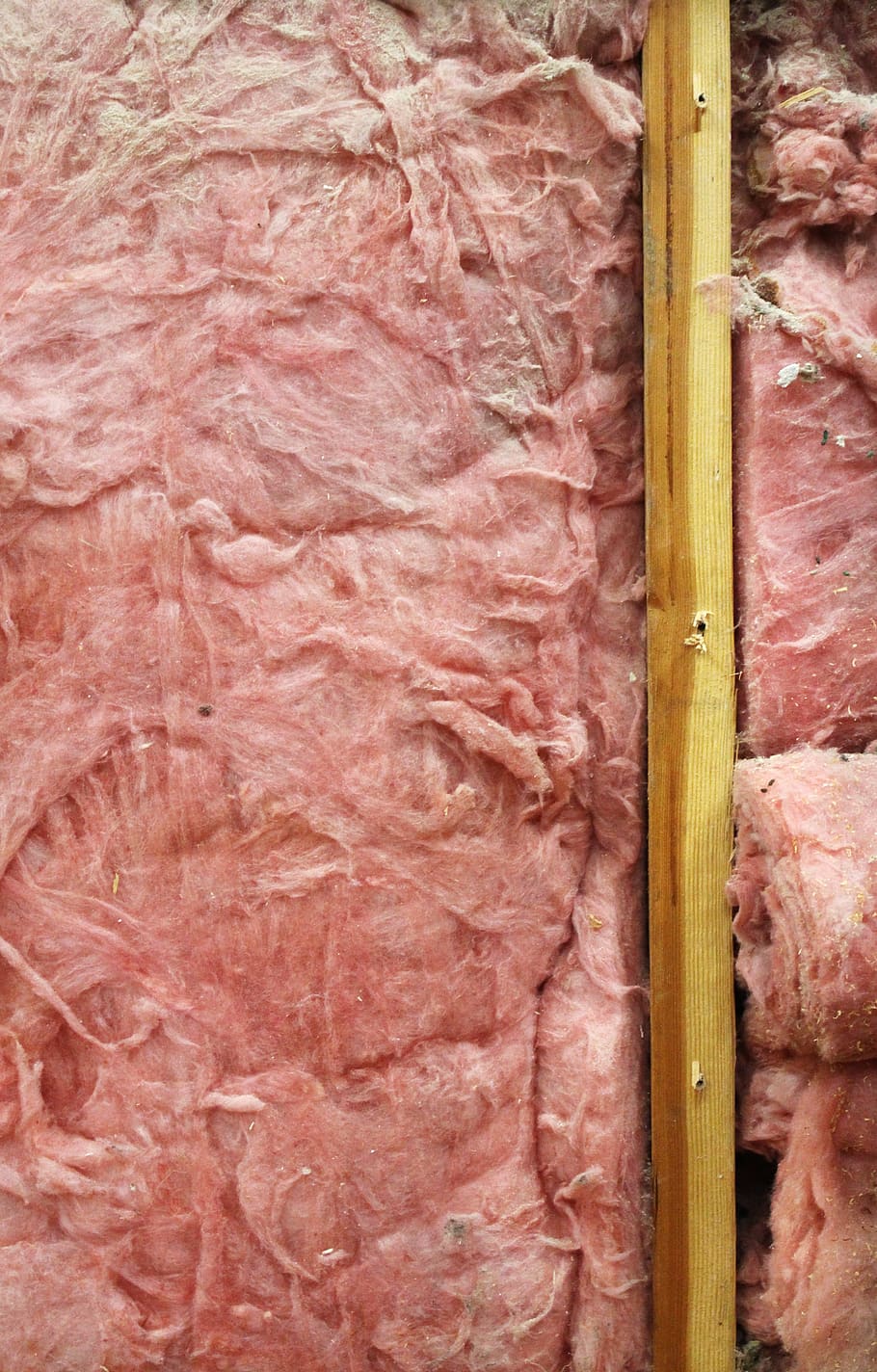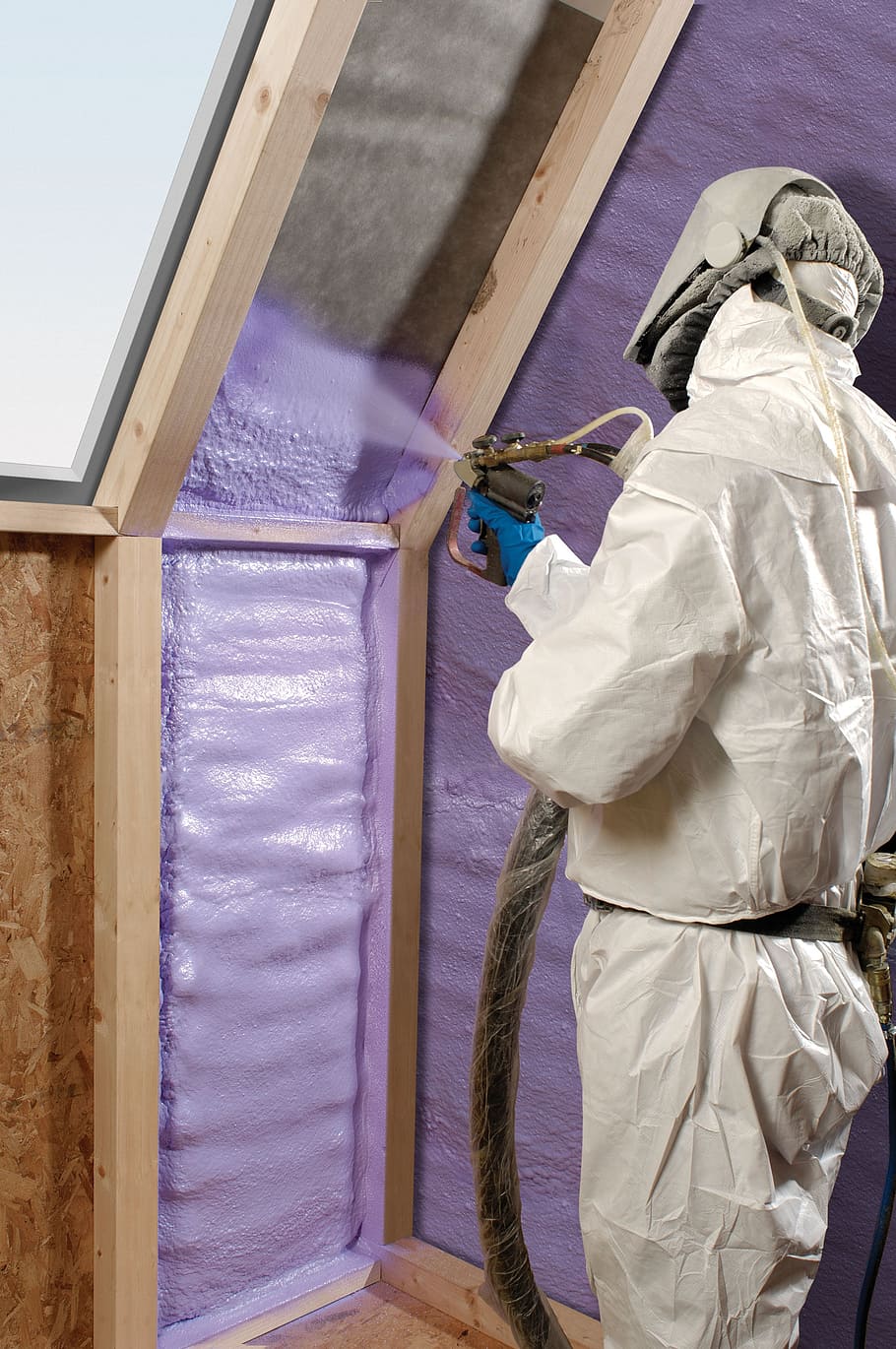Interior Thermal Insulation: Creating a Comfortable and Energy-Efficient Home
Are you tired of feeling chilly during those long Canadian winters and dealing with high heating bills? Well, look no further! In this guide, we’ll delve into the world of interior thermal insulation and show you how this simple yet effective solution can transform your home into a cozy and energy-efficient haven. So, let’s get started on our journey to a warmer and more sustainable living space!
1. Understanding the Importance of Thermal Insulation
Before we dive into the details, let’s grasp the significance of thermal insulation. Proper insulation helps create a barrier that keeps the cold air out during winter and prevents the heat from escaping during the colder months. It acts like a cozy blanket, snugly wrapping your home and ensuring a constant, comfortable temperature inside. The added benefit is that you’ll see a noticeable reduction in your energy consumption, leading to lower utility bills and a lighter carbon footprint.
2. Identifying Insulation Trouble Spots
Now that you know the perks of thermal insulation, it’s time to identify the areas in your home that may need some attention. Common trouble spots include:
Walls: Check for gaps, cracks, or poorly insulated areas in your walls. These are prime locations for heat loss and drafts.
Windows and Doors: Old, drafty windows and doors can leak heat and drive up your energy bills.
Attic: A poorly insulated attic can let warm air escape, making it harder to keep your home warm.
Basement: An uninsulated basement can contribute to cold floors and an overall chilly environment.
3. Types of Interior Thermal Insulation

Now that you’ve identified the problem areas let’s explore the various types of thermal insulation available:
Fibreglass Insulation: This is one of the most common types of insulation, and it comes in batts or rolls. It’s affordable, easy to install, and provides excellent thermal resistance.
Spray Foam Insulation: This type of insulation is great for filling small gaps and hard-to-reach areas. It creates an airtight seal and is ideal for attics and crawl spaces.
Cellulose Insulation: Made from recycled paper, cellulose insulation is eco-friendly and effective at reducing heat transfer.
Reflective Insulation: This type of insulation is typically installed in the attic and reflects heat away from your home during the summer and back inside during winter.
4. DIY vs. Professional Installation
Now comes the big question: should you tackle the insulation project yourself or hire a professional? While DIY insulation can save you money, it’s essential to ensure proper installation to maximize its effectiveness. For smaller projects like sealing gaps and cracks, DIY can be a feasible option. However, for larger and more complex projects, it’s best to leave it to the experts. Professional installers have the experience, tools, and knowledge to get the job done right, ensuring optimal energy efficiency and comfort in your home.
5. The Benefits of Thermal Insulation
Investing in interior thermal insulation brings an array of benefits:
Enhanced Comfort: Say goodbye to chilly drafts and uneven temperatures; thermal insulation provides consistent warmth throughout your home.
Energy Savings: With reduced heat loss, your heating system won’t have to work as hard, leading to lower energy consumption and cost savings.
Environmental Impact: By conserving energy, you’re reducing greenhouse gas emissions and contributing to a greener planet.
Noise Reduction: Insulation not only keeps your home warm but also helps block out external noise, creating a quieter and more peaceful living space.
6. Taking the First Step
Ready to embark on your thermal insulation journey? Here’s how to get started:
Assessment: Conduct a thorough assessment of your home to identify areas that need insulation.
Research: Explore different insulation options and determine which type suits your needs and budget.
Professional Consultation: If unsure, seek advice from a professional insulation expert to guide you in making the right decisions.
Installation: Whether you choose DIY or professional installation, ensure the job is done meticulously for optimal results.
So, there you have it, folks! Interior thermal insulation is the key to creating a warm, energy-efficient, and eco-friendly home. Don’t let the cold weather dampen your spirits; take action now and transform your living space into a cozy sanctuary for you and your loved ones. Stay warm and stay green!



